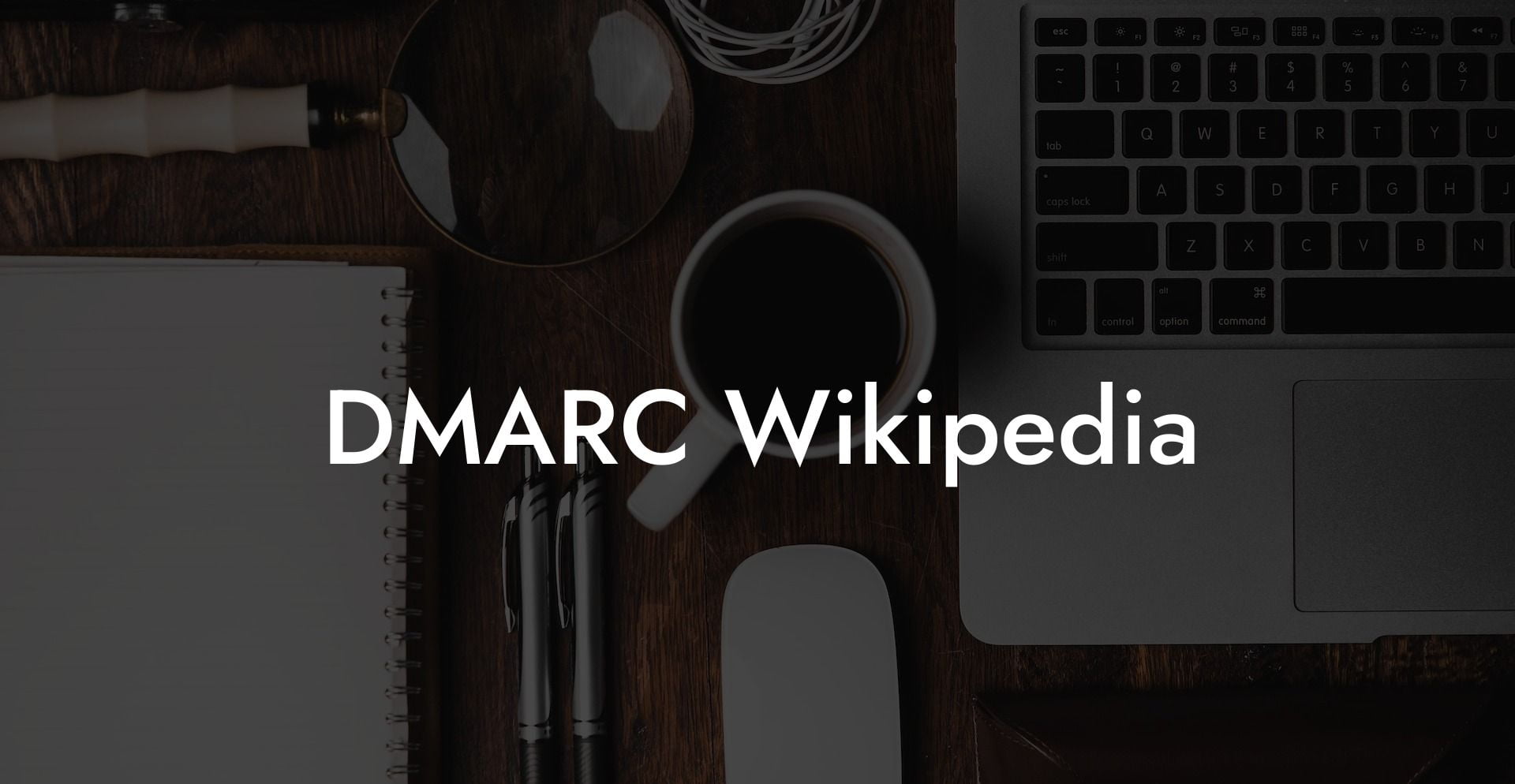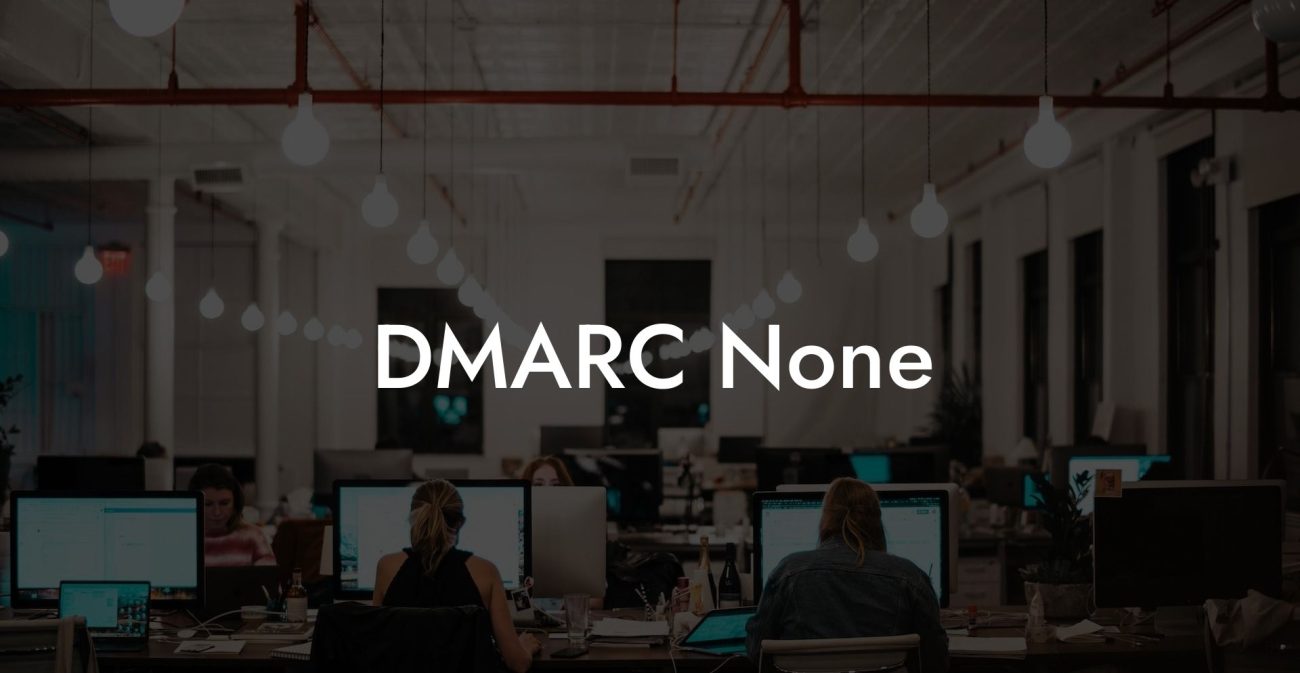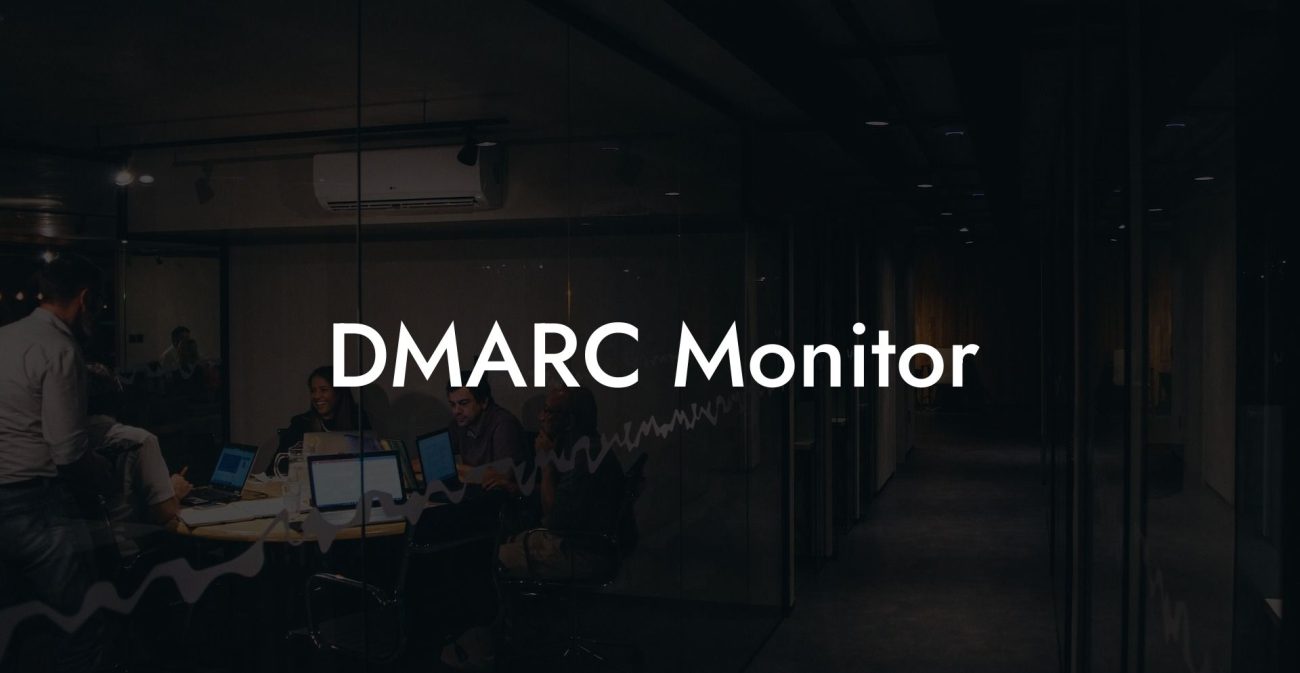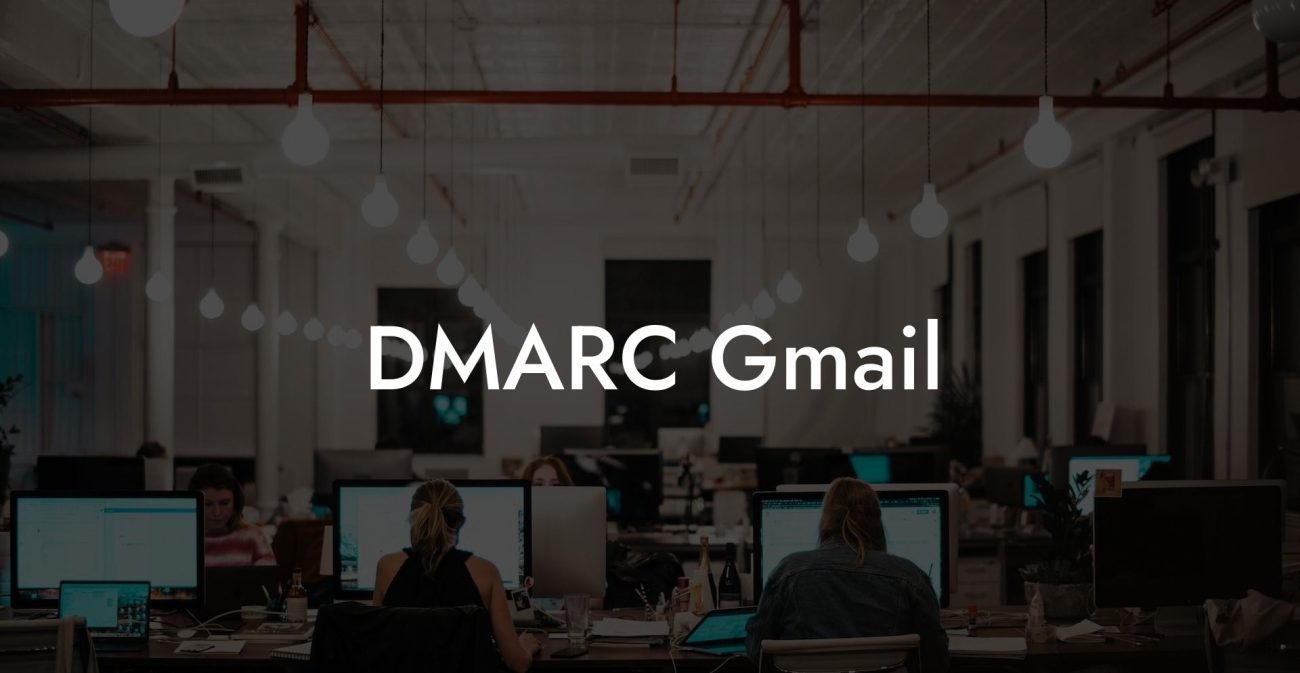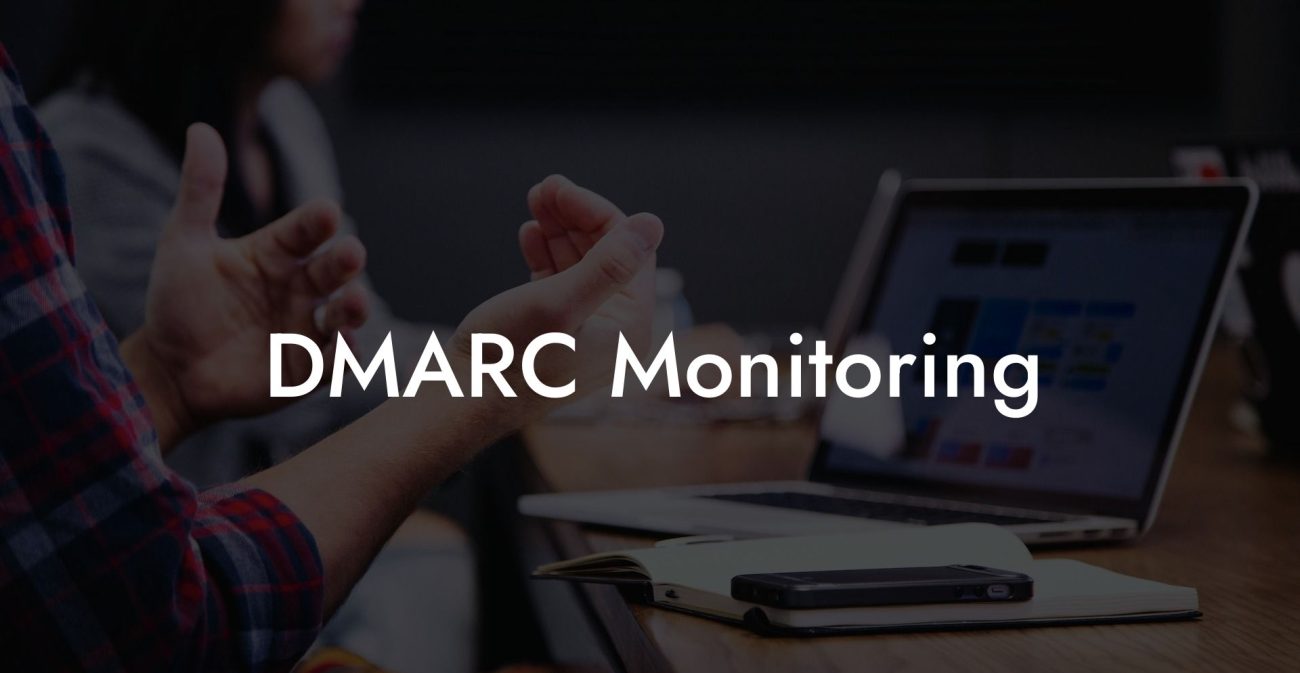In today's digital era, email spoofing and phishing scams are becoming increasingly prevalent. As you continue to learn about cybersecurity through our Voice Phishing blog, one crucial topic to explore is DMARC (Domain-based Message Authentication, Reporting, and Conformance). This post will give you a detailed understanding of DMARC and how it serves as a powerful tool to protect your inbox from these fraudulent activities.
What is DMARC?
DMARC is an email authentication protocol that enables domain owners to specify how their domain's emails should be handled if they fail to pass DKIM (DomainKeys Identified Mail) and SPF (Sender Policy Framework) checks. This protocol is designed to combat email spoofing and phishing by helping email receivers determine if a given email aligns with what the sender's domain policies dictate.
How Does DMARC Work?
Protect Your Data Today With a Secure Password Manager. Our Top Password Managers:
DMARC operates by combining both SPF and DKIM protocols. To implement DMARC, a domain owner must create a DMARC policy and publish it to their DNS records. This policy outlines how receiving email servers should handle emails that fail authentication checks. DMARC offers three policy options for non-authenticated emails:
- None: This policy option generates a report indicating the email sender's IP address but does not enforce any actions on the email.
- Quarantine: Emails will be treated as suspicious and potentially placed in the spam/junk folder.
- Reject: Non-authenticated emails will be rejected and not delivered.
The domain owner also specifies the frequency at which they wish to receive reporting from DMARC, allowing them to monitor authentication failures and improve their email delivery practices.
Benefits of DMARC
Implementing DMARC brings numerous advantages to email security. Some of the benefits include:
- Enhanced email deliverability: DMARC allows legitimate emails to pass authentication checks, resulting in higher inbox placement rates and reduced spam folder assignments.
- Reduced phishing and spoofing attacks: With a published DMARC policy, attackers are less likely to target your domain as their fraudulent emails will fail authentication tests and may not reach the recipient's inbox.
- Improved sender reputation: Implementation of DMARC demonstrates that your brand takes email security seriously, enhancing your reputation with ISPs and email recipients.
- Better visibility and control: DMARC reports provide valuable insights into your email sending practices and enable domain owners to monitor and react to any authentication issues.
DMARC Wikipedia Example:
Imagine a cybercriminal attempting to impersonate the email domain of a well-known bank. Their goal is to send phishing emails to the bank's customers, tricking them into providing their credentials or other sensitive information by clicking fraudulent links.
Without DMARC in place, many of these emails could reach the intended targets and cause potential harm. However, if the bank has implemented DMARC with a "reject" policy, email servers would recognize the sender's domain as an illegitimate source and prevent the phishing email from reaching the victim's inbox, thwarting the attacker's efforts.
Now that you have a better understanding of DMARC and its crucial role in email security, we hope you take the necessary steps to protect your domain from phishing and spoofing attacks. Make sure to share this informative post with your network and continue exploring our Voice Phishing blog for additional cybersecurity insights. Together, let's strengthen the global fight against email fraud and create a safer digital landscape.
Protect Your Data Today With a Secure Password Manager. Our Top Password Managers:

